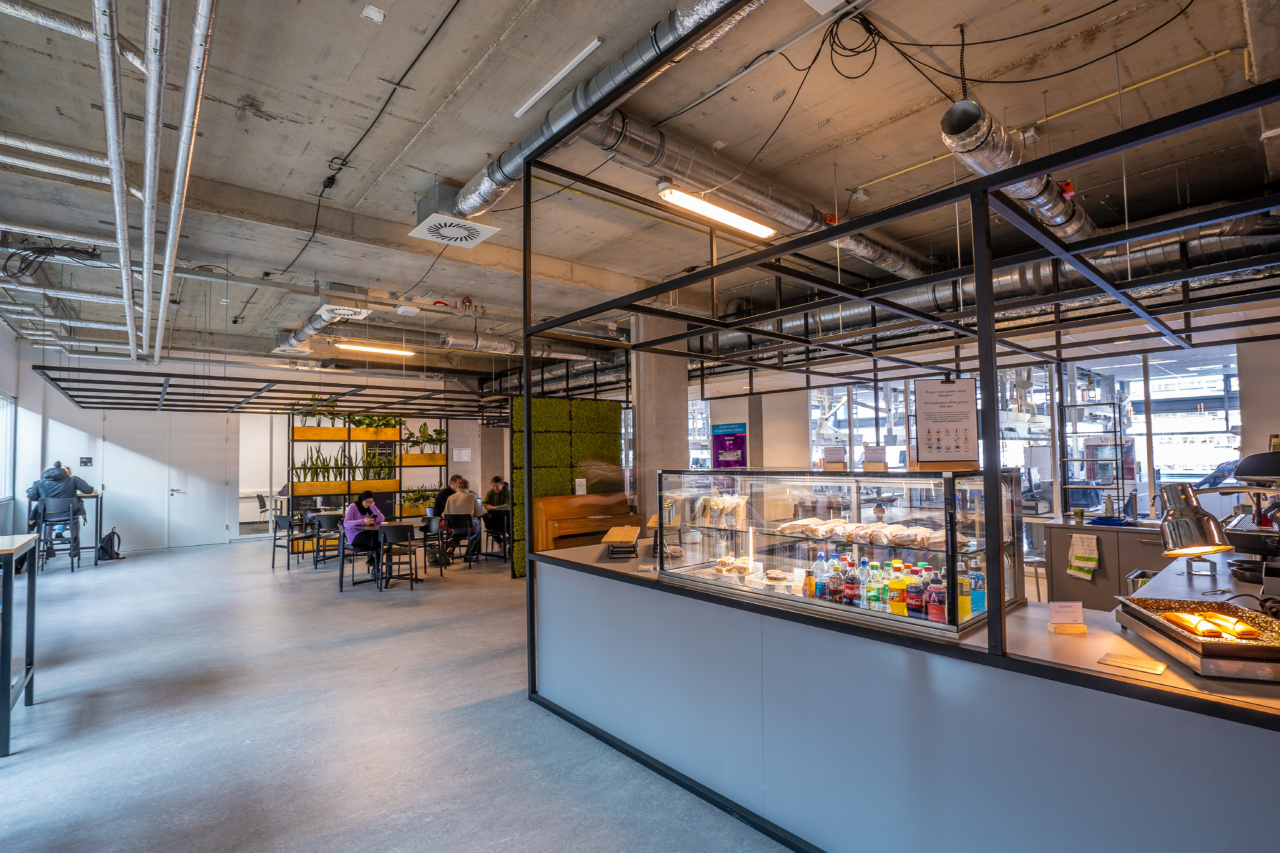The anterior cruciate ligament, or ACL, is a very important ligament for stabilizing the knee.
It is one of four ligaments that connect the femur to the tibia, and it is responsible for preventing the knee from moving too far forwards or backwards and from rotating too much.
The ACL is often injured during sports that involve sudden changes of direction, such as football or basketball. However, it can also be injured during simple activities like stepping off a curb or jumping down from a height.
One of the factors that can increase the risk of ACL injury is the way a person moves, or their gait mode. In this article, we will explore the connection between gait modes and ACL injury.
Gait Modes
Gait refers to the way a person walks or runs. There are several different gait modes that people can use, depending on their goals and the conditions they are in. Here are some examples:.
1. Walking
Walking is a type of gait mode that involves alternating steps with each foot. It is the most common way of moving for humans, and it can be used for a variety of purposes, such as getting from one place to another or exercising.
2. Running
Running is a faster form of gait that involves lifting both feet off the ground at the same time. It is often used for exercise or for chasing after something.
3. Skipping
Skipping is a type of gait that involves hopping on one foot while the other foot swings forward and back. It is often used for play or for traveling shorter distances.
4. Jumping
Jumping involves pushing off the ground with both feet and propelling oneself into the air. It is often used for playing sports or for crossing obstacles.
The ACL and Gait Modes
Each gait mode places different stresses on the body, and some are more likely to cause ACL injuries than others.
For example, walking is a relatively low-impact form of movement that places minimal stress on the knees. Running, on the other hand, can place up to four times a person’s body weight on their joints, including the ACL.
Skipping and jumping can also increase the risk of ACL injury, especially if the person is landing on a hard surface or with their knee straight. The sudden force of landing can cause the ACL to stretch or tear.
In addition to the type of gait mode being used, other factors can also increase the risk of ACL injury, such as:.
- Improper footwear
- Uneven or unstable surfaces
- Weak leg muscles
- Poor agility and balance
- Previous knee injuries
Preventing ACL Injury
While ACL injury cannot always be prevented, there are some things that can decrease the risk of injury.
Wearing the proper footwear and ensuring that the surface being used is even and stable can help reduce the force placed on the joints during movement.
Additionally, strengthening the leg muscles, practicing good agility and balance, and avoiding knee hyperextension can help keep the ACL from being stretched or torn.
In some cases, a knee brace may be recommended to help stabilize the knee during movement.
Conclusion
The type of gait mode being used can have a significant impact on the risk of ACL injury. High-impact movements like running, jumping, and skipping can increase the force placed on the ACL, making injury more likely.
By taking precautions like wearing proper footwear, strengthening leg muscles, and avoiding knee hyperextension, individuals can reduce their risk of experiencing an ACL injury.




























